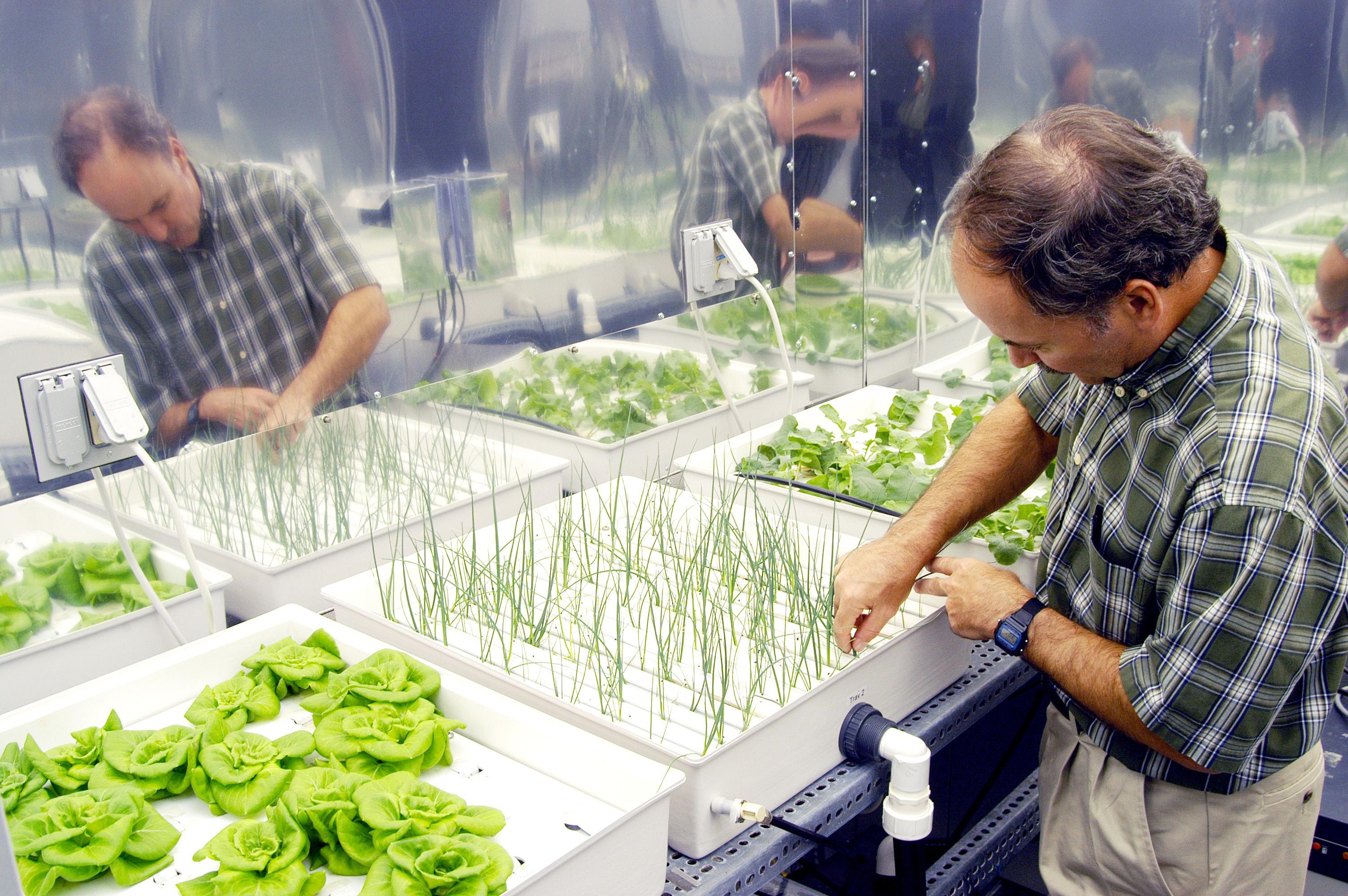Growing indoor cannabis 101
- Introduction to Cannabis Cultivation
- Understanding Hydroponics
- Seed Germination and Cloning
- Water Quality Management
- Optimizing Growth Environments
- Pest and Disease Management
- Harvesting and Curing
- Safety and Security Issues
- Business and Marketing Strategies
- Ethics and Responsibility
- Practical Applications & Case Studies
- Review and Self-Evaluation
- Final Project & Peer Review
Water Quality Management
Nutrient Solutions and Management in Hydroponic Cannabis Cultivation

Agricultural technics for growing plants without soil using nutrients in water.
In hydroponic cannabis cultivation, nutrient solutions play a crucial role in the growth and development of the plants. Unlike traditional soil-based cultivation, where plants obtain nutrients from the soil, hydroponic systems rely on nutrient solutions to provide the necessary nutrients for plant growth. This article will delve into understanding nutrient solutions, preparing them, and managing their application.
Understanding Nutrient Solutions
Nutrient solutions are mixtures of essential macro and micronutrients that plants need to grow and thrive.
Macronutrients are nutrients that plants require in large amounts. They include Nitrogen (N), Phosphorus (P), and Potassium (K), often referred to as N-P-K, and secondary macronutrients Calcium (Ca), Magnesium (Mg), and Sulfur (S).
Micronutrients, also known as trace elements, are required in smaller amounts but are still essential for plant health. They include Iron (Fe), Manganese (Mn), Zinc (Zn), Copper (Cu), Boron (B), Molybdenum (Mo), and Chlorine (Cl).
Preparing Nutrient Solutions
Preparing nutrient solutions involves careful calculations and measurements to ensure the right concentration of each nutrient. Commercial nutrient solutions often come with instructions for mixing, but it's essential to adjust these based on the specific needs of your cannabis plants and the stage of growth they're in.
When mixing nutrients, always add them to water, not the other way around, to prevent nutrient burn. Also, mix each nutrient separately before adding them to the main reservoir to prevent nutrient lockout due to chemical reactions.
Nutrient Management
Nutrient management involves scheduling and dosage of nutrient solutions. The nutrient needs of cannabis plants change throughout their life cycle. For instance, during the vegetative stage, they require higher amounts of Nitrogen, while during the flowering stage, they need more Phosphorus and Potassium.
Regular monitoring of the nutrient solution is crucial to ensure optimal pH and EC levels. Adjustments may be necessary based on the plant's response, indicated by leaf color, growth rate, and overall plant health.
Troubleshooting Nutrient Deficiencies and Toxicities
Nutrient deficiencies occur when plants don't get enough of a particular nutrient, leading to symptoms like yellowing leaves, slow growth, or poor yield. On the other hand, nutrient toxicities occur when plants get too much of a nutrient, leading to symptoms like leaf burn or curling.
Identifying and correcting nutrient deficiencies and toxicities is crucial for maintaining healthy cannabis plants. This involves regular plant inspection, understanding the symptoms of different nutrient issues, and adjusting the nutrient solution as necessary.
In conclusion, nutrient solutions and their management are a vital aspect of hydroponic cannabis cultivation. By understanding the nutrient needs of cannabis plants, preparing nutrient solutions correctly, and managing their application, cultivators can ensure healthy plant growth and high-quality yield.